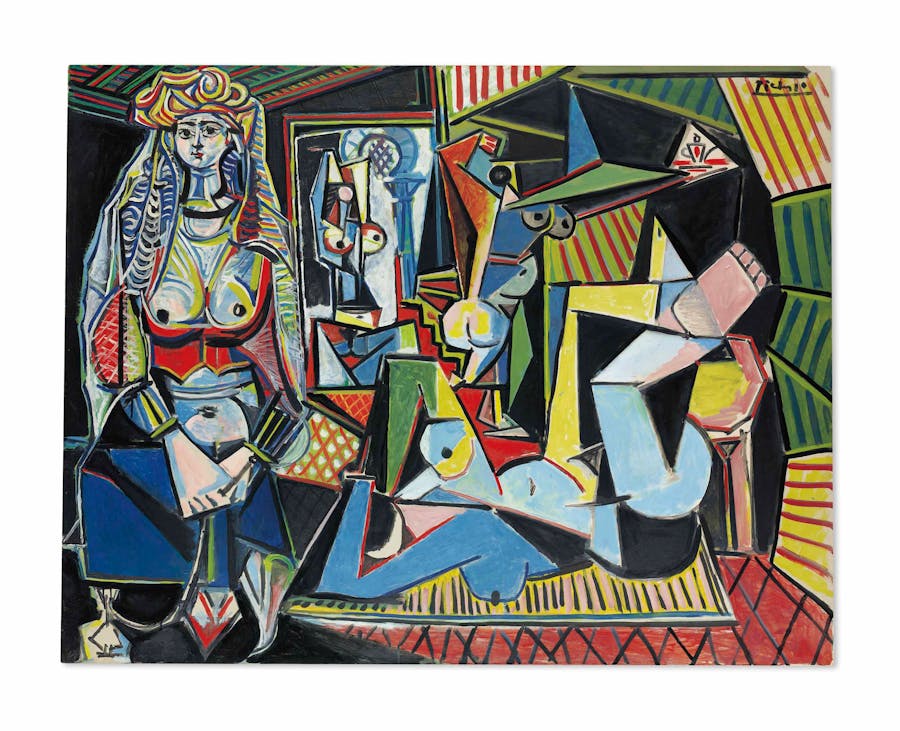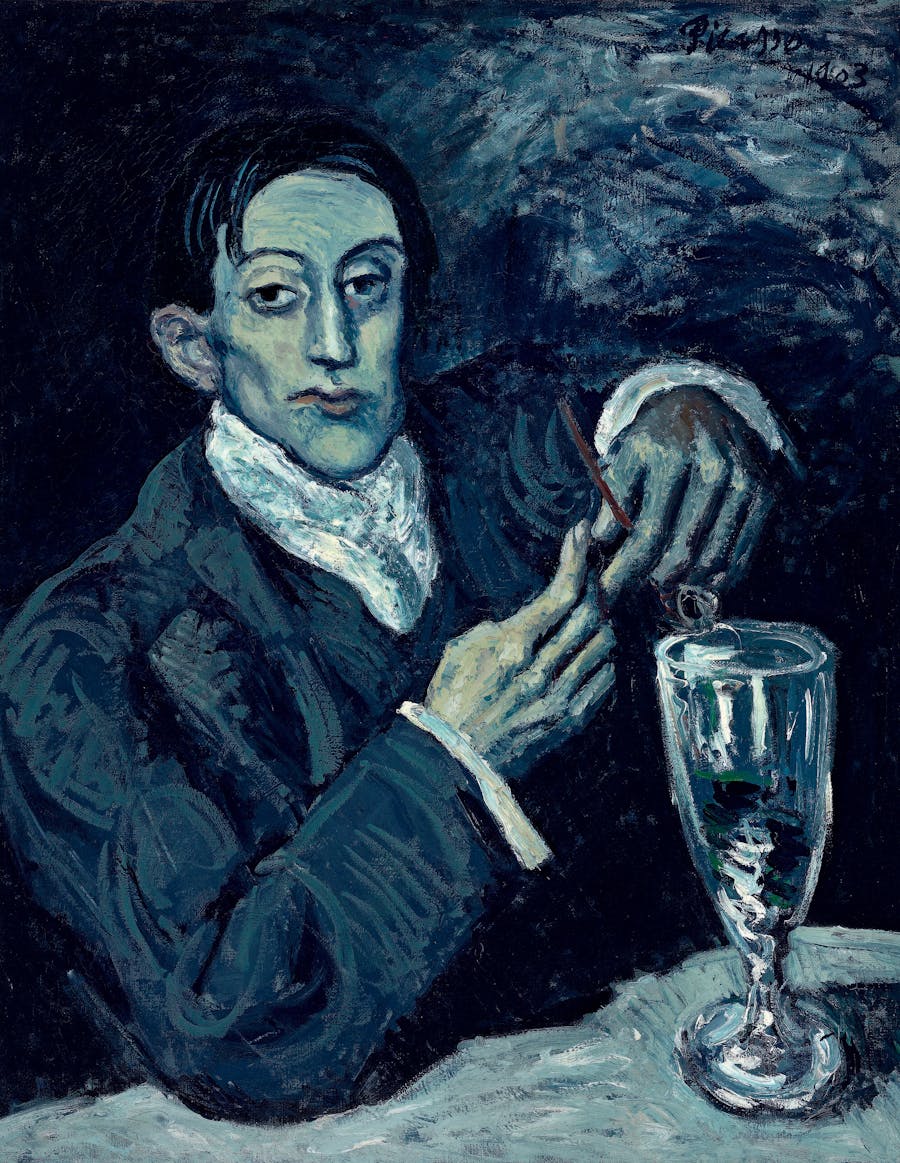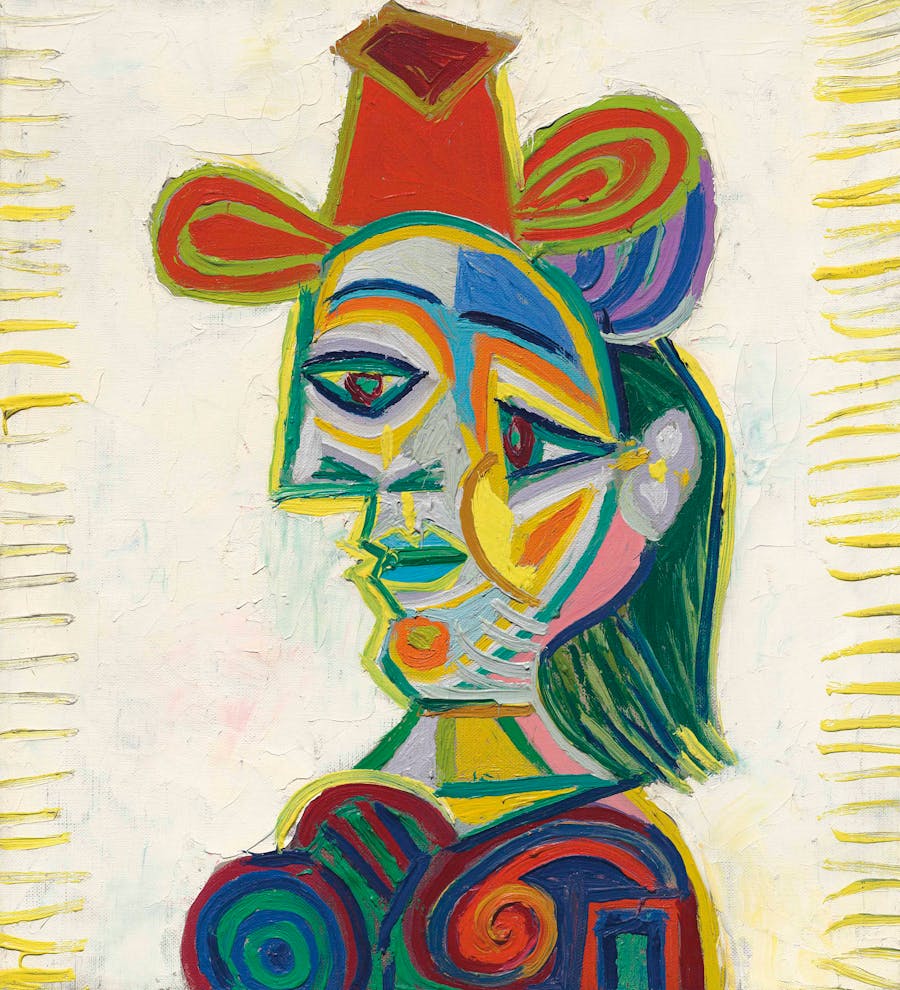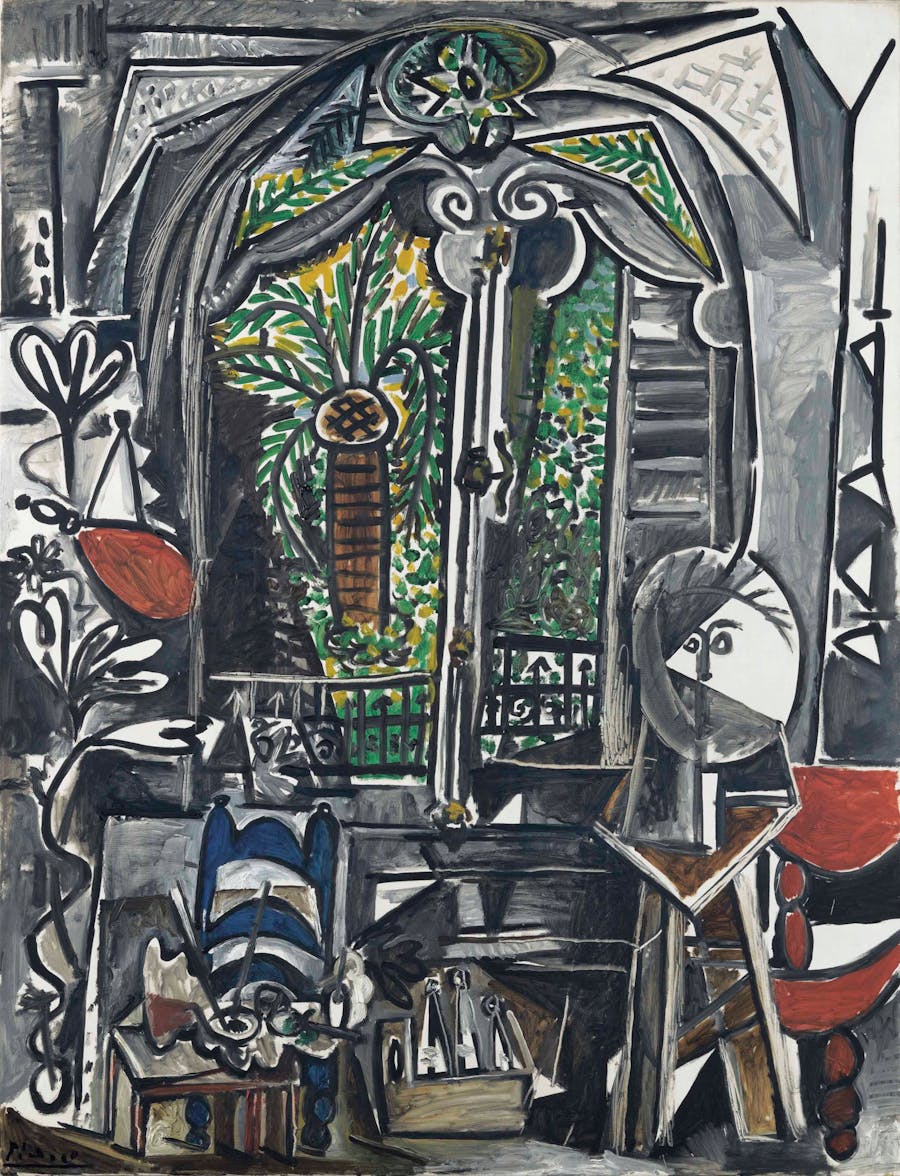Picasso: The Universal Artist
If the Renaissance had its universal genius in the figure of Leonardo da Vinci, then so too did the 20th century with Pablo Picasso.
Pablo Picasso: a name that not only conjures a signature look and commercial brand, deeply anchored in the collective unconscious, but that which is also synonymous with a century afflicted by two world wars and crossed by several major artistic movements.
The visionary artist made his own contribution to the latter – when he didn’t squarely – let’s say cubically – initiate them. Picasso brought politics to art in unprecedented proportions, and his works, both during his lifetime and after his death, today fetch sums the heights of which are rarely equalled by any other.
In 2015, Picasso’s Les Femmes d’Alger became the world’s most expensive painting – selling for $179.4 million. Though it held this title only temporarily, until Leonardo da Vinci’s Salvator Mundi ($450.3 million) took over, it demonstrates the veritable strength and significance of the artist on the art and auction market. Not to mention, his Fillette à la Corbeille Fleurie achieved $115 million in 2018, which remains in the top ten most expensive paintings ever auctioned.

When Picasso sold Fillette to a Paris art dealer, he was desperate for money, and only just 75 francs (about $400). The Parisian art dealer, in turn, sold it to Gertrude Stein, the American writer and member of the Parisian avant garde. The painter, aged 24 years at the time, had only recently moved to Paris and lived at the Bateau-Lavoir, where his blue period was succeeded by his pink period. Already, he had won several prizes in Spain, his country of origin, where, keeping up with family tradition for his father was a painting teacher, he had studied different artistic disciplines, namely at the Fine Arts School in Barcelona, then in Llotja (design and applied arts), and finally at the Royal Academy of San Fernando in Madrid, which he ended up leaving before graduating.
The death of his youngest sister, lost to diphtheria in 1895, profoundly affected Picasso, as did the suicide of his friend, Catalan painter Carlos Casagemas six years later. The two tragic events had a lasting influence on his painting at the dawn of the 20th century. And though he represented Spain at the Universal Exposition in Paris in 1900, he was still a penniless artist.
See also: The 12 Most Expensive Paintings Ever Auctioned

Along with Georges Braque, from 1907 onwards, Picasso produced, at the Bateau-Lavoir, several paintings that took a step back from reality and reduced people and objects to simple two-dimensional geometric forms. The technique took off and became a movement. Painters such as Juan Gris, Francis Picabia, Robert Delaunay, Constantin Brancusi and Albert Gleizes followed suit, and Cubism’s leaders soon made artistic and intellectual headlines until the arrival of World War I. Portraits, still lifes, sculptures, collages and eclectic assemblies demonstrated the fertility of Picasso’s inspiration during this intense ‘two-dimensional’ period.

During World War I, in which Spain did not participate, the artist primarily worked on creating backdrops and brochures for Russian ballets. Jean Cocteau notably introduced him to Serge Diaghilev, with whom he became friends. In the dance universe, Picasso also made the acquaintance of composer Igor Stravinsky and star dancer Olga Khokhlova, who later became his muse and first wife, and with whom he had a son, Paulo. Cocteau, Apollinaire and Max Jacobs acted as witnesses when the couple married in 1918. The relationship, however, did not last. In 1935, Khokhlova discovered that Picasso had been having an on-going affair with Marie-Thérèse Walter since 1927 who was now pregnant. Khokhlova left Picasso but they stayed married until her death in 1955.
During the interwar period, the influence of surrealist poets became visible in Picasso’s paintings, engravings and sculptures, and he actively took part in a number of Surrealist exhibitions during the 1920s.
See also: The 14 Most Expensive Female Artists
Through Picasso’s Guernica, a powerfully symbolic monumental work produced following the Condor Legion’s bombing of the Basque city, the worldly artist took on a more radical stance. He transformed his paintbrush into a political weapon, and the showing of the painting at the International Exposition in Paris in 1937 was a militant act, carrying considerable clout on the eve of World War II.

Sympathizing with the Communist Party, of the Louis Aragon variety, at the end of the 1940s, Pablo firmly chose his side: that of peace, with doves gracing his work, both pictorially and genetically, through the birth of his daughter Paloma (Spanish for ‘dove’), born in 1949 from his relationship with Françoise Gillot.
See also: Paul Gauguin: The Lost Innocence
The 1950s ushered in Picasso’s so-called Vallauris period, during which he discovered gemmail – a technique inspired by stained glass using glass fragments – and painted masterpieces including Les Ménines, a series of 58 paintings paying homage to Diego Velasquez. During this period he married Jacqueline Roque, his second and last wife and muse.

Picasso, at the peak of his art and glory, was exhibited in galleries and museums all over the world.
During his lifetime, he produced so much work that he truly meant it when he once said: “Give me a museum and I’ll fill it.” After his death on April 8, 1973, it was discovered that he had created nearly 50,000 works (including paintings, drawings, sculptures, ceramics, tapestries and engravings). His estate, left behind to his four children, was estimated at $800 million in value at the time.


